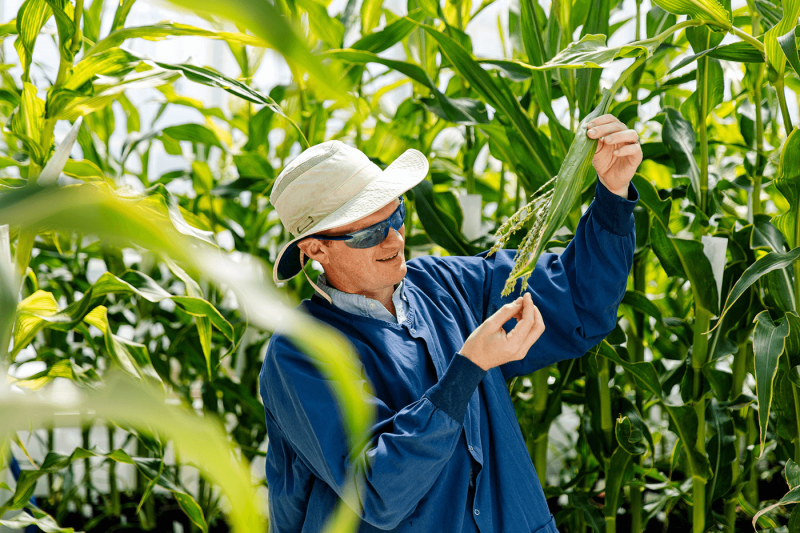Over the past 10 years, there has been incredible progress in CRISPR thanks to enormous private and public investment. Yet, has the technology yet fully delivered on its potential? And what should we expect ahead? Those are the big questions Gusui Wu, Head of Seeds Research at Syngenta, tackled in his presentation at World Agri-Tech in San Francisco, March 20.
“In the past decade, depending on …how you do your calculation, somewhere between four to six billion dollars were invested in start-ups that are applying CRISPR in agriculture. […] As of January, there were 53 USDA exemptions of gene-edited traits in about 17 crops,” he said in his presentation.
Yet, he pointed out, at scale delivery of CRISPR-influenced products hasn’t yet occurred.
The good news, he added, is that there has been significant progress in the last handful of years in terms of taking CRISPR technology the next step, which would enable new breeding technologies to happen. He shared some examples from the Syngenta team that illustrate that CRISPR is finally reaching the turning point necessary for true commercialization.
…
For example, Syngenta is currently working on several key traits, including extended shelf-life and disease resistance in tomato, and Asian soybean rust resistance.
…
The next stage for CRISPR is likely to be its most exciting, and its opportunity to make its biggest impact on the market.
“I hope we have passed the stages of inflated expectations or the troughs of disillusionment and we have entered the stage of enlightenment,” said Wu. “From investors’ perspective, we should remain optimistic about next five years or next 10 years in terms of the innovation and the investment opportunities.”





























